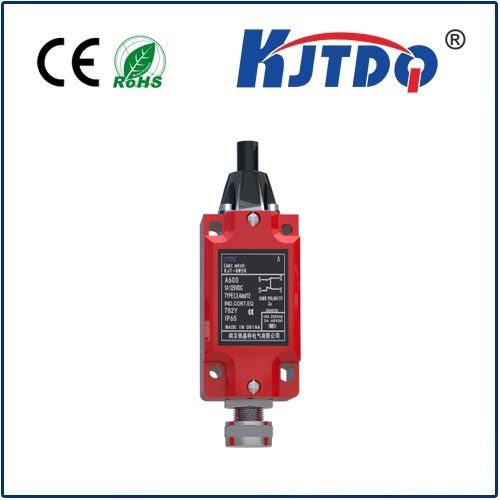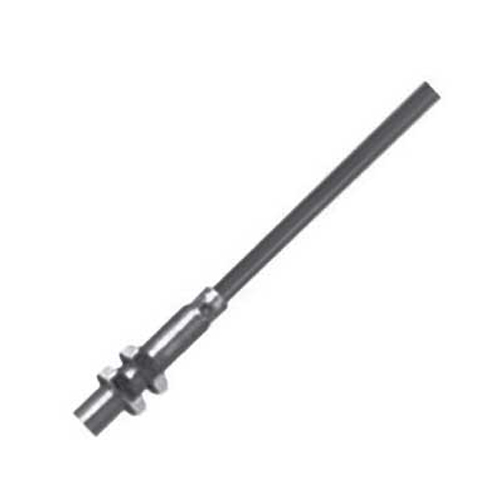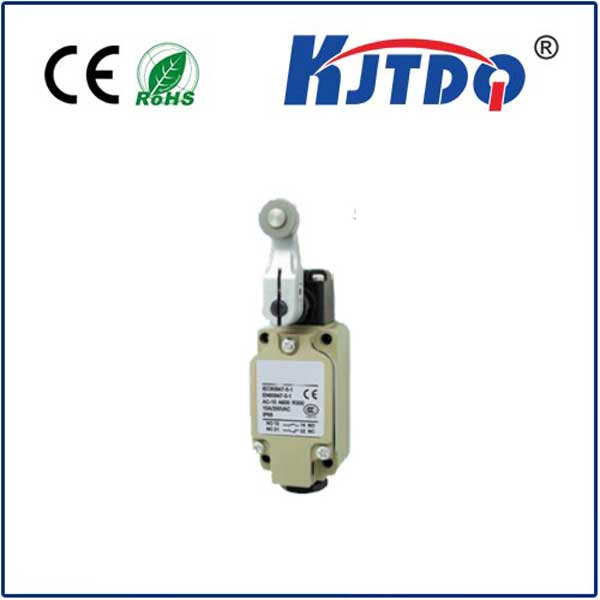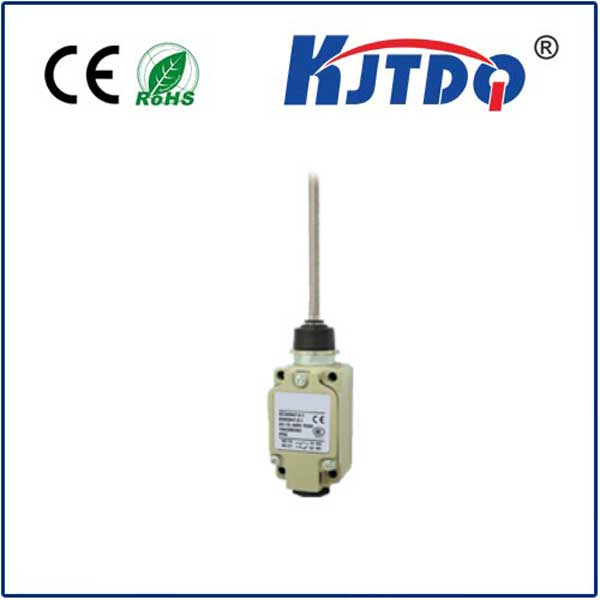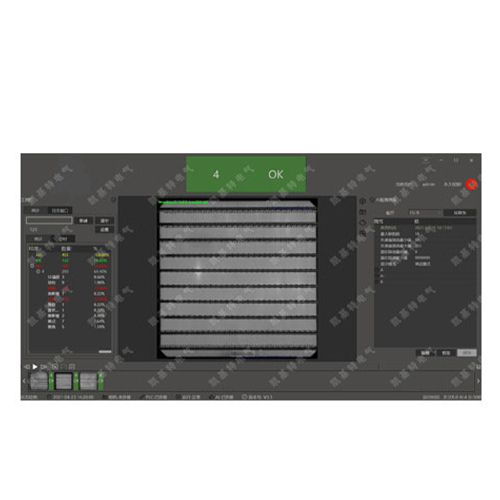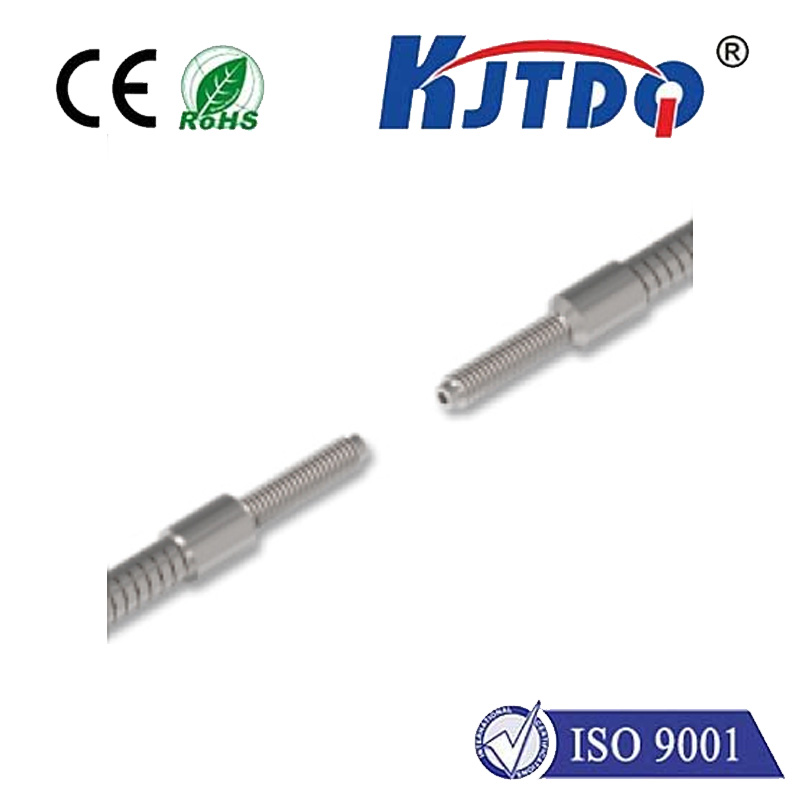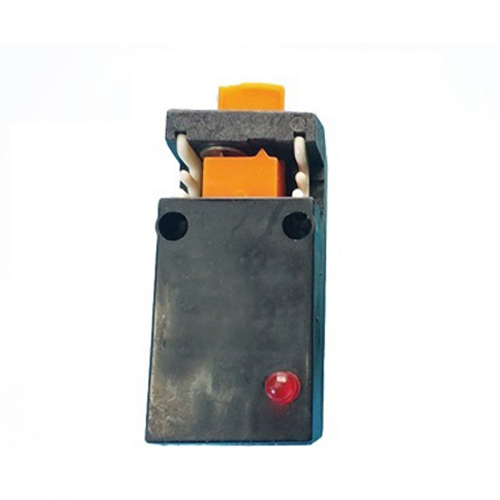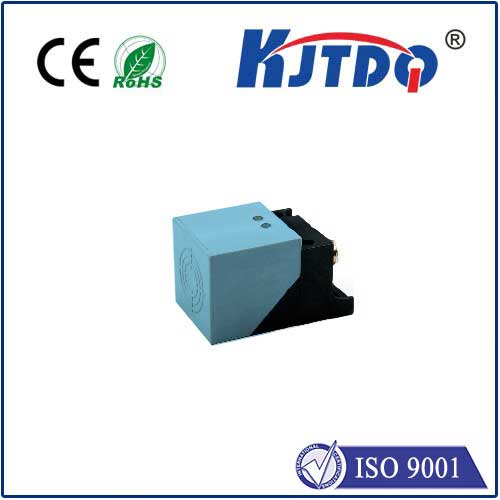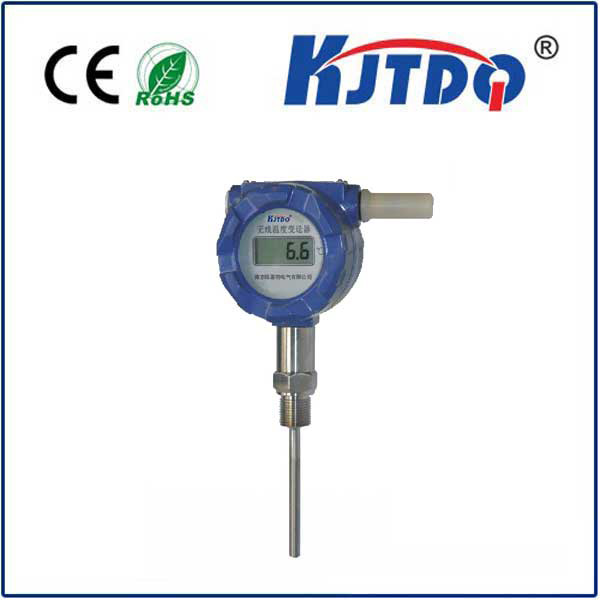

check

check

check

check

check

check

check

check

check

check
VL53L1X is at the forefront of sensor technology, providing accurate ranging capabilities crucial in various applications. This sophisticated sensor communicates with the host system via the I²C bus, a popular communication interface known for its simplicity and wide-spread use in electronic devices. The communication process is optimized by ST Microelectronics, the manufacturer of VL53L1X, who decided against publicizing the register map of the sensor. Instead, they have provided developers with a comprehensive function library designed to facilitate reading from and configuring the VL53L1X. This approach allows users to focus on implementing foundational low-level operations such as millisecond delays and I²C transmission-reception routines rather than delving into the complexities of direct hardware manipulation.
The non-disclosure of the VL53L1X registers might seem like a limitation; however, it acts as a gatekeeper ensuring that the sensor's configuration and integration are done with due regard to its operational integrity and performance standards. By utilizing the provided function library, users can reliably access the full potential of the VL53L1X without worrying about the intricate details of the sensor's inner workings.

In terms of application scope, the VL53L1X range sensor is a valuable component for industries requiring precision measurements. It finds itself integral to robotics, where precise distance measurement can mean the difference between a successful operation and a catastrophic failure. Similarly, in the automotive industry, the sensor's ability to accurately determine distances is pivotal for advanced driver-assistance systems (ADAS) and automated parking features.
Consumer electronics too have found a place for the VL53L1X, especially in devices like smartphones and home automation products where gesture control and presence detection have become more prevalent. The sensor's compact size and efficient power management make it ideal for integration into space-constrained devices without compromising battery life.
As development continues in the field of sensor technology, VL53L1X stands out as a testament to the advancements that prioritize user accessibility and application efficiency. Its integration with the I²C bus and the support of a robust function library ensures that this range sensor is not merely a product but a cornerstone in the evolution of sensing technologies. By abstracting complexities through software libraries, developers are empowered to innovate quickly and reliably, making the VL53L1X an indispensable component for modern technological advancements.
